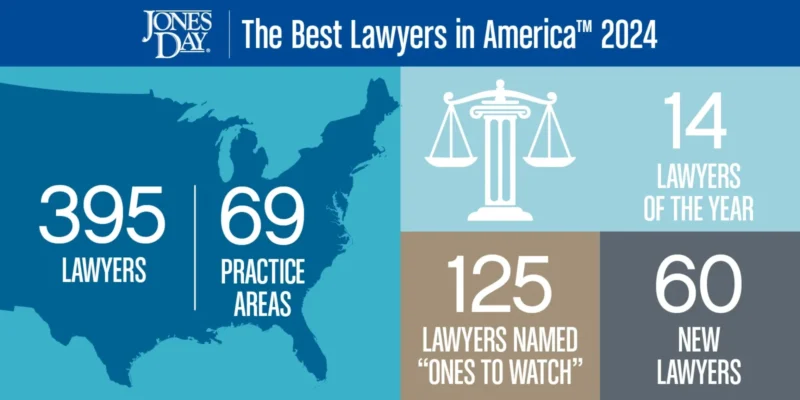The legal profession in the United States is one of the most diverse, dynamic, and critical fields in the country. Lawyers, often seen as the guardians of justice, play an indispensable role in upholding the rule of law, advocating for their clients, and ensuring that society functions smoothly. This article delves into the intricacies of the legal profession in the USA, covering its history, types of lawyers, the educational path to becoming a lawyer, the day-to-day responsibilities, and the current trends shaping the industry.
The Historical Context of Law in the USA
The American legal system has its roots in English common law, brought to the New World by early colonists. Over time, the system evolved, incorporating elements unique to the American experience. The signing of the Declaration of Independence in 1776 and the subsequent creation of the Constitution in 1787 established the foundational legal principles that govern the United States today. Lawyers have always been at the forefront of American history, from arguing landmark cases in the Supreme Court to drafting pivotal legislation.
Types of Lawyers in the USA
The legal profession is vast and varied, with numerous specializations. Here are some of the primary types of lawyers found in the United States:
- Corporate Lawyers
- Focus: Corporate lawyers specialize in business law, dealing with issues such as mergers and acquisitions, corporate governance, and compliance with regulations.
- Work Environment: They often work in large law firms or as in-house counsel for corporations.
- Criminal Defense Lawyers
- Focus: These lawyers defend individuals and organizations charged with criminal conduct.
- Work Environment: They can be found in private practice or working as public defenders.
- Civil Rights Lawyers
- Focus: They advocate for the protection of individual rights and fight against discrimination and injustice.
- Work Environment: Often employed by non-profit organizations or government agencies.
- Family Lawyers
- Focus: Specialize in matters such as divorce, child custody, and adoption.
- Work Environment: Typically work in small to mid-sized law firms or solo practices.
- Personal Injury Lawyers
- Focus: Represent clients who have been injured due to accidents or negligence.
- Work Environment: They often work on a contingency fee basis in private practice.
- Immigration Lawyers
- Focus: Assist clients with visa applications, citizenship, and deportation issues.
- Work Environment: Work in private practice, non-profit organizations, or government agencies.
- Environmental Lawyers
- Focus: Deal with laws and regulations related to the environment, representing either corporations or environmental advocacy groups.
- Work Environment: Employed by government agencies, non-profits, or law firms.
Educational Path to Becoming a Lawyer
Becoming a lawyer in the USA requires significant education and training. The typical path includes:
- Undergraduate Degree
- Duration: 4 years
- Requirement: Prospective lawyers must first complete an undergraduate degree. While no specific major is required, degrees in political science, history, or business are common.
- Law School
- Duration: 3 years
- Requirement: After earning a bachelor’s degree, students must attend an accredited law school and earn a Juris Doctor (JD) degree. Admission to law school requires passing the Law School Admission Test (LSAT).
- Bar Examination
- Requirement: Graduates must pass the bar exam in the state where they wish to practice. This exam tests knowledge of state-specific and general legal principles.
- Licensure
- Requirement: After passing the bar exam, lawyers must be admitted to the bar association of their respective state, which may involve additional character and fitness evaluations.
- Continuing Education
- Requirement: Many states require lawyers to complete continuing legal education (CLE) courses to maintain their licensure and stay updated on legal developments.
Day-to-Day Responsibilities of Lawyers
The daily duties of a lawyer can vary widely depending on their specialization and work environment. However, common responsibilities include:
- Client Consultation: Meeting with clients to understand their needs and provide legal advice.
- Research: Conducting thorough research on legal precedents, statutes, and regulations.
- Document Preparation: Drafting legal documents such as contracts, wills, and court filings.
- Negotiation: Negotiating settlements or agreements on behalf of clients.
- Court Appearances: Representing clients in court, which involves presenting evidence, making arguments, and examining witnesses.
- Case Management: Managing multiple cases simultaneously, which includes organizing files, tracking deadlines, and maintaining detailed records.
Current Trends Shaping the Legal Profession
The legal profession is continuously evolving, influenced by technological advancements, societal changes, and economic factors. Some of the key trends include:
- Technological Integration
- Impact: Technology is transforming legal practice through tools like artificial intelligence (AI) for legal research, e-discovery, and document review. Virtual law firms and online legal services are also becoming more prevalent.
- Diversity and Inclusion
- Impact: There is a growing emphasis on diversity within the legal profession. Efforts are being made to increase representation of women, minorities, and LGBTQ+ individuals in law firms and other legal settings.
- Alternative Legal Service Providers (ALSPs)
- Impact: Non-traditional legal service providers are gaining traction, offering specialized services such as legal process outsourcing, contract management, and compliance.
- Remote Work
- Impact: The COVID-19 pandemic accelerated the shift to remote work. Many law firms have adopted hybrid work models, allowing lawyers to work from home and office settings.
- Client Expectations
- Impact: Clients are increasingly demanding more transparency, efficiency, and cost-effectiveness from their legal services. This has led to the adoption of alternative fee arrangements and a greater focus on client satisfaction.
Challenges Facing the Legal Profession
Despite its many rewards, the legal profession is not without its challenges. Some of the key issues include:
- Work-Life Balance
- Challenge: Lawyers often work long hours, leading to high levels of stress and burnout. Balancing professional responsibilities with personal life can be difficult.
- Access to Justice
- Challenge: Many individuals and small businesses cannot afford legal representation, leading to a significant justice gap. Pro bono work and legal aid services are essential but often insufficient to meet the demand.
- Regulatory Changes
- Challenge: The legal industry is subject to extensive regulation, which can vary significantly by state. Keeping up with these changes requires constant vigilance and adaptability.
- Economic Pressures
- Challenge: Economic downturns can affect the demand for legal services, impacting job stability and law firm profitability. Young lawyers, in particular, may struggle with student loan debt and job market saturation.
Conclusion
The legal profession in the USA is both challenging and rewarding, offering a wide range of opportunities for those willing to commit to the rigorous path of becoming a lawyer. From advocating for justice to navigating complex corporate transactions, lawyers play a vital role in society. As the profession continues to evolve, it remains a cornerstone of the American legal system and a beacon for those seeking to make a difference through the power of law.








